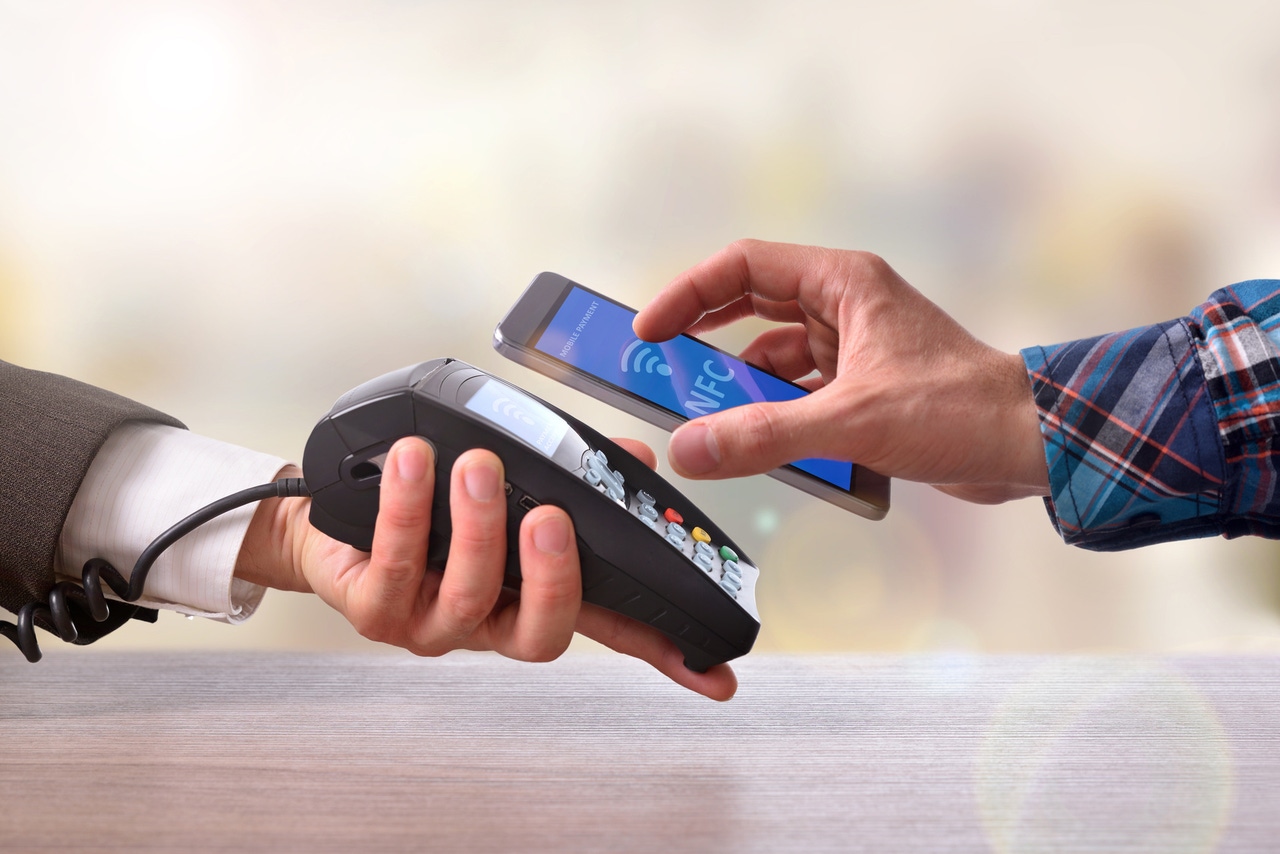Contactless payments ramp up in 2017
Following the announcement WhatsApp will enter into the mobile payments arena, new estimates from Juniper Research claims Apple Pay contactless users will nearly double over 2017.
April 11, 2017

Following the announcement WhatsApp will enter into the mobile payments arena, new estimates from Juniper Research claims Apple Pay contactless users will nearly double over 2017.
It’s a market which is set to boom over the next couple of years, as the connected era takes a strangle hold on society, and greater levels of trust are placed in such devices. The team believe the number of contactless payment (NFC Handsets, Wearables and Payment Cards) users will roar past 100 million by the mid-point of the year, before topping 150 million by the end of 2017.
“We believe that as contactless usage gains traction and consumers/merchants recognise the speed and convenience it offers, then, as in European markets, there will be a further and significant increase in availability at the point-of-sale,” said Nitin Bhas, Head of Research at Juniper Research.
For Mark Zuckerberg, the forecasts would certainly be welcomed, as the internet tyrant continues to search for any means to recoup the $19 billion shelled out for WhatsApp, but perhaps less encouraging is the dominance of Apple, Samsung, and Android in the space. The trio accounted for 41% in 2016, as a proportion of total mobile contactless payment users, a number which is expected to increase 56% by 2021, partly owing to a combined global user base of more than 500 million.
While the concept of internet banking has taken firm hold of society, contactless payments across the world will be primarily driven by the speed at which merchants can offer the facilities to do so. The contactless payment trend has certainly taken off in Europe, though uptake is slower elsewhere. That said, the desire is certainly present. MasterCard is one of the main driving forces behind the evolution and has committed to making all POS terminals in Europe to be contactless capable by 2020.
Although the trends would be seen as a positive for the telco industry, the sluggish nature of the beast is once again starting to rear its head. There are examples of operators who have made positive moves in the space, Orange is a prime example in Poland, though these examples more the exception than the rule.
With the smart home market starting to hit its stride without the operators at the forefront due to their sluggish nature, the gathering momentum in contactless payments creates a sense of déjà vu.
About the Author
You May Also Like










.png?width=300&auto=webp&quality=80&disable=upscale)


_1.jpg?width=300&auto=webp&quality=80&disable=upscale)